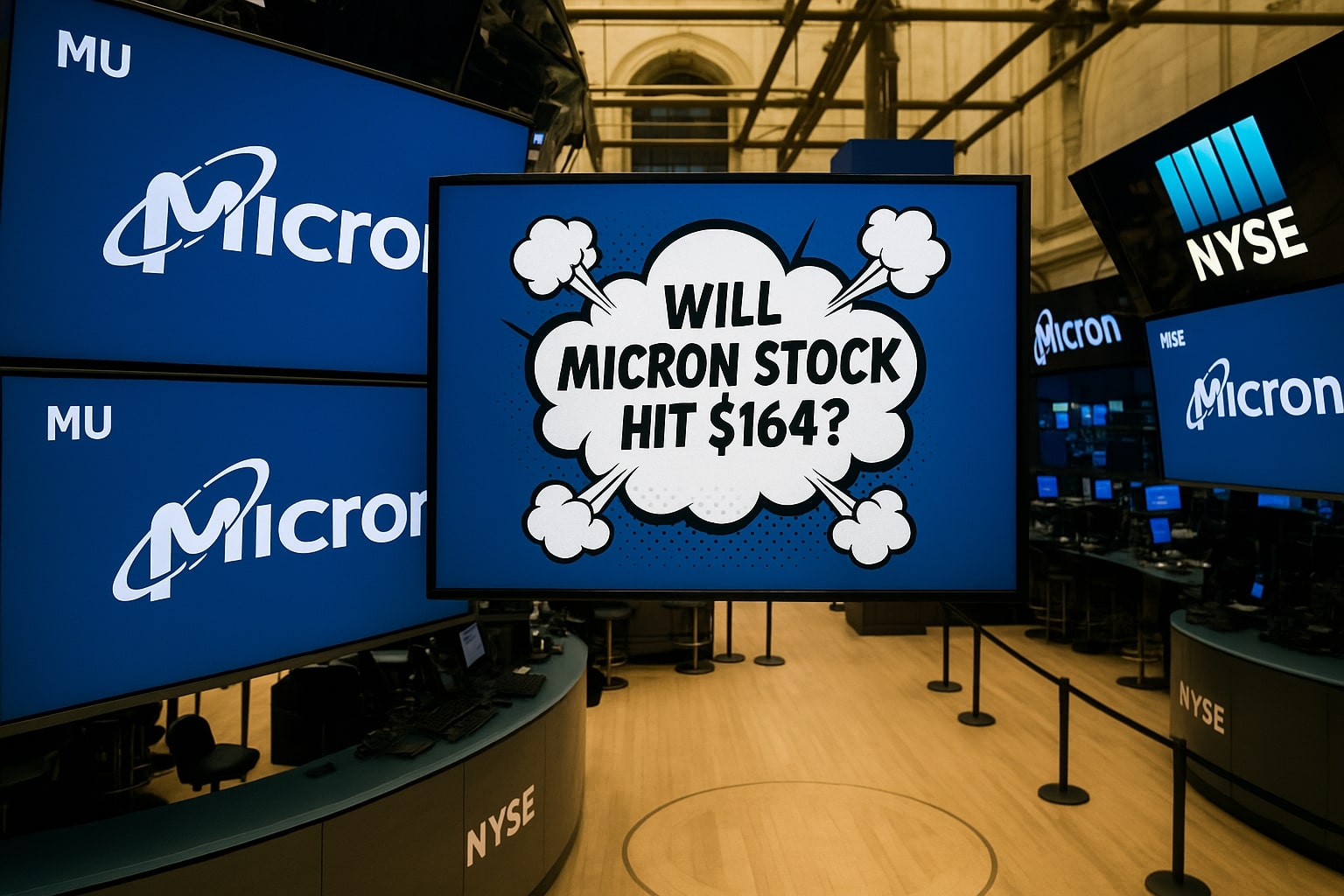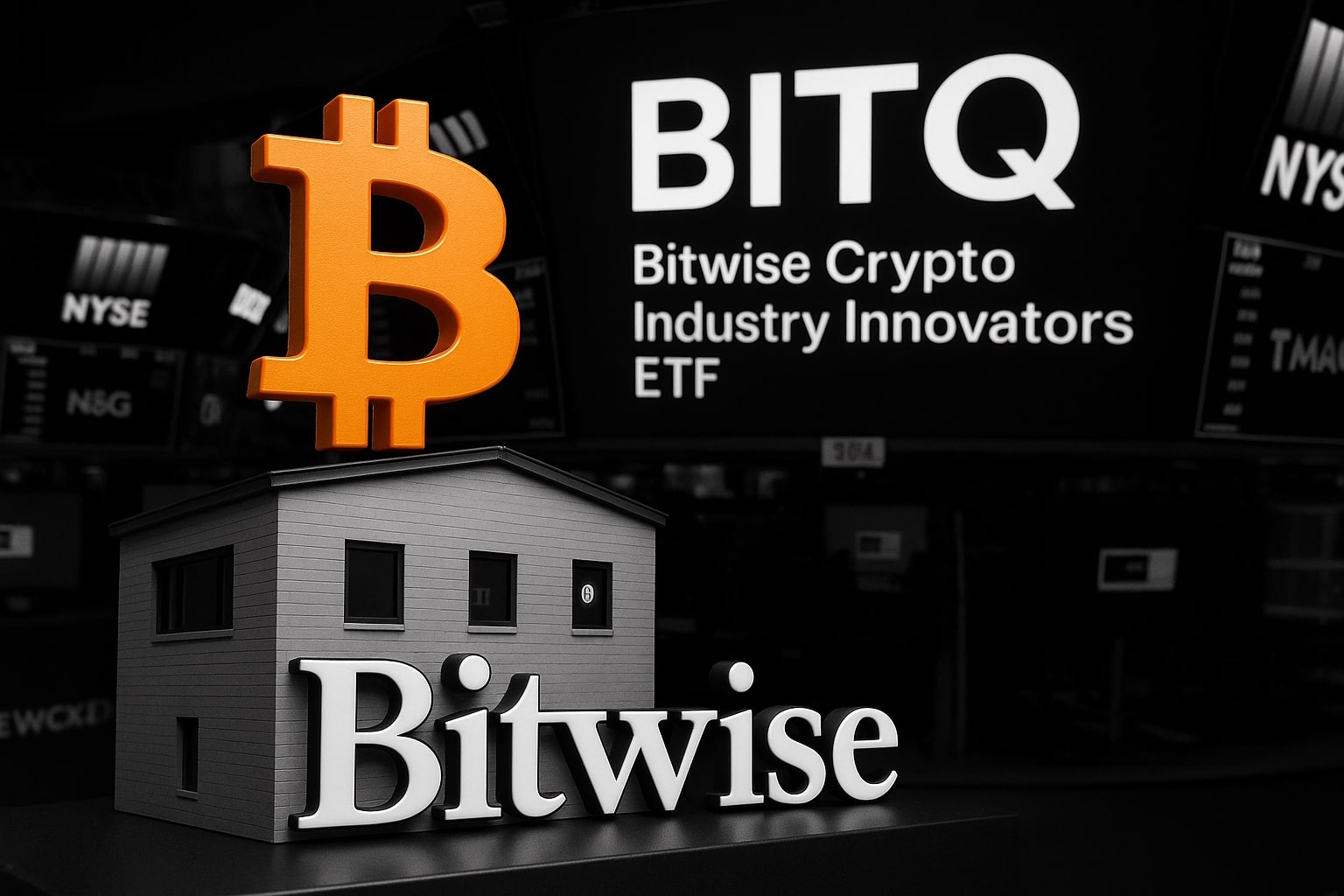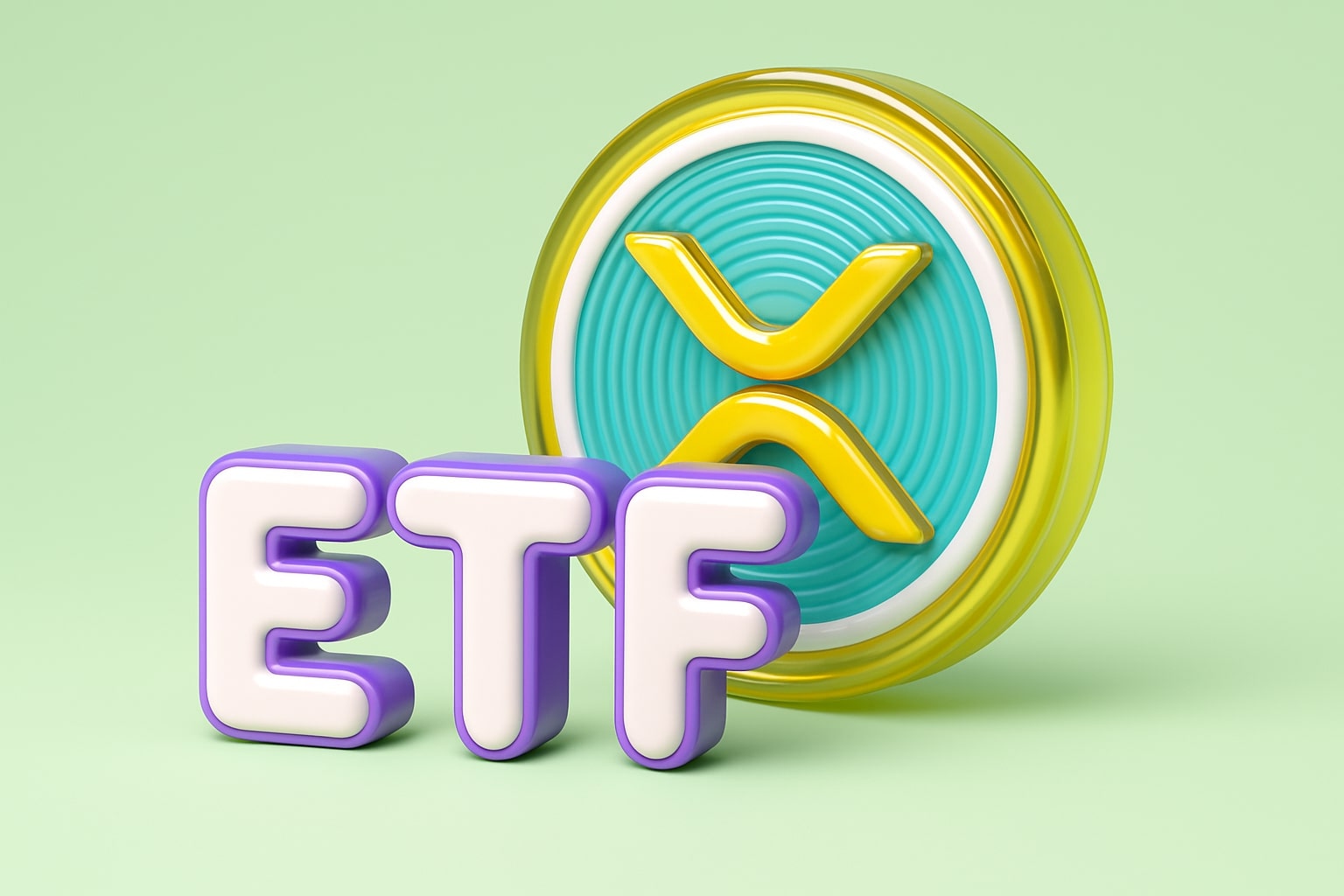
NASDAQ:MU Breaks $110 — Will Micron Stock Hit $164 As AI Memory Demand Explodes?
HBM revenue surpasses $1B, DRAM pricing stays strong — with NAND recovery in sight, is Micron stock (NASDAQ:MU) the best AI-driven buy right now? | That's TradingNEWS
NASDAQ:MU Surges Toward $110—Will AI-Fueled HBM Growth Drive Micron’s Stock to $164?
NASDAQ:MU is on a breakout path as the stock trades around $110, recovering sharply from the tariff-driven lows near $60 earlier this year. The rally is fueled by Micron’s booming High-Bandwidth Memory (HBM) business, where revenue surpassed $1 billion in Q2 FY25, rising over 50% quarter-over-quarter. The company has sold out its entire 2025 HBM supply, and with DRAM demand robust and NAND pricing poised for recovery, investors are eyeing whether this momentum can push shares toward a $164 target, representing 70%+ potential upside from current levels.
NASDAQ:MU HBM Revenue Crosses $1B Milestone, AI Infrastructure Boom Accelerates Demand
Micron’s dominance in HBM is now the central force behind the stock’s strength. The total addressable market (TAM) for HBM has been raised to over $35 billion for 2025, up from a prior estimate of $30 billion, reflecting surging demand for AI servers and accelerated hyperscaler capital expenditure. Micron’s HBM3E chips deliver 30% better power efficiency and 50% higher capacity than competitors, securing key design wins with NVIDIA’s GB200 and GB300 platforms. Importantly, a third major customer has been added, positioning Micron for further market share gains in a space that is supply constrained. With its HBM production fully sold out for 2025 and advanced packaging expansion underway in Singapore, Micron is locked into a multi-year, high-margin growth trajectory that Wall Street has not fully priced in.
NASDAQ:MU NAND Weakness Remains a Drag, But Recovery Is On The Horizon
While DRAM and HBM drive the current bull case, Micron’s NAND division remains a pain point. In Q2 FY25, NAND revenue declined 17% sequentially, with average selling prices falling by high-teens percentages. Micron has reduced NAND wafer output by more than 10% in response to persistent oversupply, with Q3 gross margin expected to slip to 36.5% from 37.9% in Q2. Still, management is actively repurposing NAND equipment for DRAM production and shifting focus toward higher-margin enterprise and data center SSDs. As NAND ASP declines slow and capacity reductions take effect, the segment is expected to stabilize in early 2026, potentially removing a key overhang on margins.
NASDAQ:MU DRAM, DDR5, and AI-Centric Demand Power Margin Expansion
Beyond HBM, DRAM remains a critical strength. Demand for DDR5 and High-Bandwidth Memory (HBM) used in AI servers continues to surge, with hyperscalers like Meta and Microsoft driving massive bit shipments. Micron’s DRAM business, which accounts for the majority of revenue, benefits from pricing power as HBM production consumes significant wafer capacity, tightening supply for standard DRAM. This dynamic is expected to sustain elevated DRAM pricing well into 2026. The structural tailwind of AI infrastructure investments positions Micron to deliver record operating leverage, as demand for cutting-edge memory continues to outpace legacy products.
NASDAQ:MU Earnings Outlook—Is FY2026 EPS of $10.96 Achievable?
Micron’s earnings power is rapidly expanding. FY2025 EPS is expected to hit $6.99, up 438% year-over-year, with FY2026 EPS forecasted at $10.96, representing another 57% gain. At the current share price, NASDAQ:MU trades at just 8.6x forward FY2026 earnings, a steep discount to the semiconductor sector median of ~21x. Applying a conservative 15x multiple to FY2026 EPS implies a $164 price target, offering more than 70% upside. The HBM-driven margin expansion could also lift Micron’s EV/EBITDA multiple from 6.5x toward 10x, aligning with historical averages and suggesting further re-rating potential.
NASDAQ:MU Is the Supercycle Real? What Could Derail the Rally?
The setup for NASDAQ:MU is undeniably bullish, but risks remain. Trade tensions with China could re-escalate, impacting sentiment. The memory market’s cyclical nature means oversupply could return quickly if demand softens or competitors accelerate capacity. Additionally, Micron’s NAND segment remains vulnerable to margin compression if industry supply discipline falters. That said, with HBM and DRAM both firing on all cylinders and AI-driven demand building structural support under pricing, the base case remains compelling.
NASDAQ:MU Technical Picture—Will $110 Hold as Support?
Technically, NASDAQ:MU’s breakout to $110 has been supported by improving momentum. The next resistance level sits near $115, with a clear path toward $120 if Q3 guidance confirms the expected supercycle narrative. On the downside, $105 and $100 serve as key support levels where dip buyers may emerge. The stock’s rally from the $60 lows has followed the typical pattern seen in past memory cycles—sharp downside capitulation followed by an aggressive recovery in anticipation of earnings leverage.
NASDAQ:MU Verdict—Buy, Sell, or Hold?
Based on current data and forward expectations, NASDAQ:MU remains a Buy at current levels. The stock’s AI-driven HBM growth story is in its early stages, while DRAM pricing remains robust and NAND headwinds appear to be easing. With FY2026 EPS poised to surpass $10 and the stock trading at a steep discount to peers, risk-reward remains highly favorable. Investors should monitor NAND margin trends and insider activity on Micron’s insider transactions page, but the path toward record earnings in 2026 remains intact. The coming months will be pivotal as Micron seeks to confirm its leadership in next-generation AI memory markets, with potential for the stock to break well beyond $120 as visibility improves.
That's TradingNEWS
Read More
-
BITQ ETF Soars 66.55% as Bitcoin Blasts Past $124,000 — Crypto Equities Lead 2025 Rally
13.10.2025 · TradingNEWS ArchiveStocks
-
XRP ETFs XRPR, XRPI Slip as Ripple XRP-USD Holds $2.62 — SEC Fast-Track Could Ignite $20B
13.10.2025 · TradingNEWS ArchiveCrypto
-
Natural Gas Price Forecast - NG=F Steadies at $3.00 as U.S. Export Boom Tests Old Fields
13.10.2025 · TradingNEWS ArchiveCommodities
-
USD/JPY Price Forecast - Dollar to Yen Climbs to ¥152.28 as Japan’s Political Shakeup
13.10.2025 · TradingNEWS ArchiveForex


















